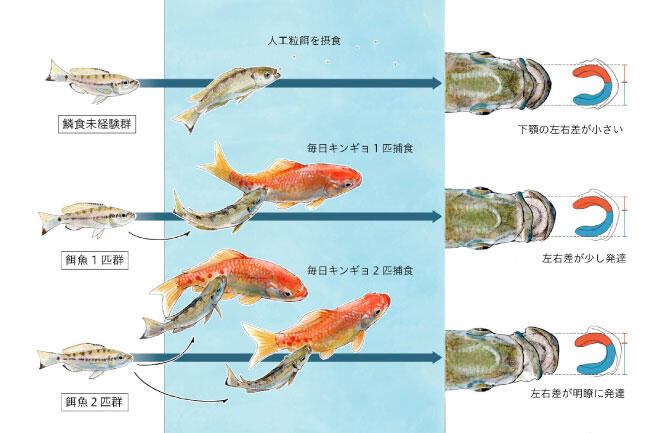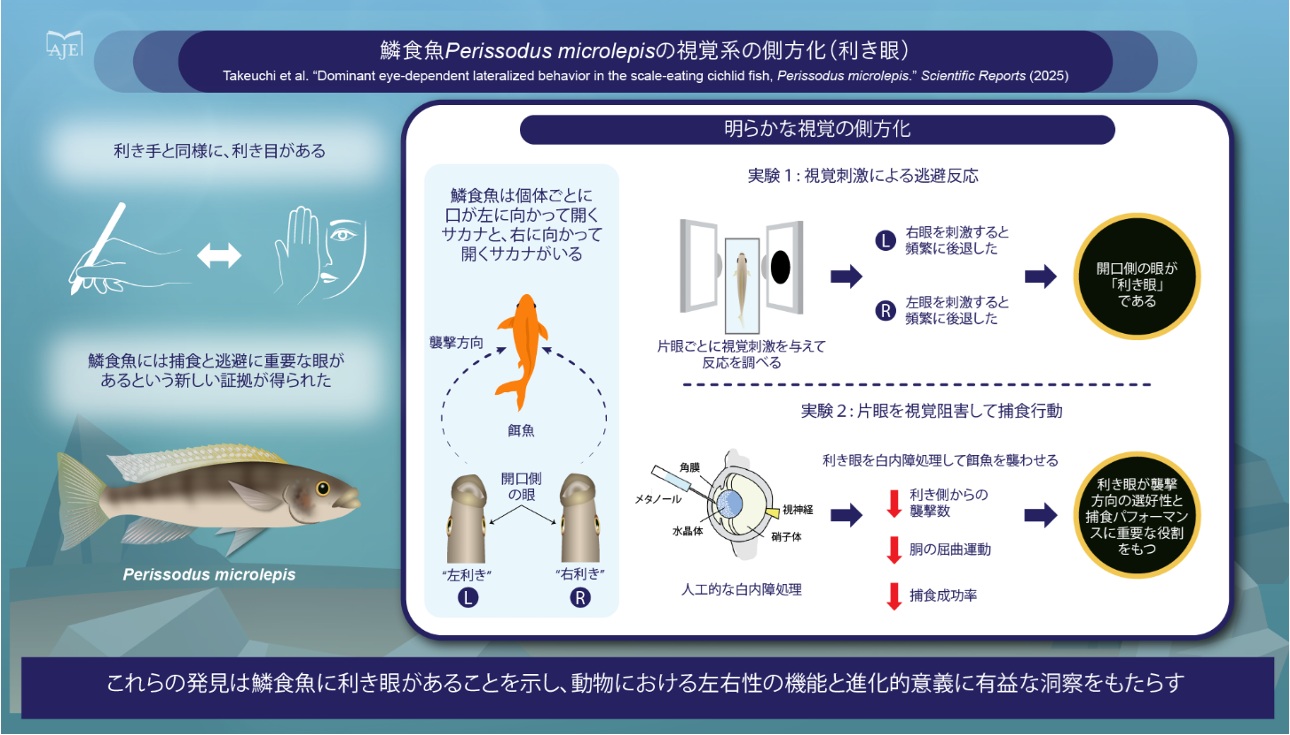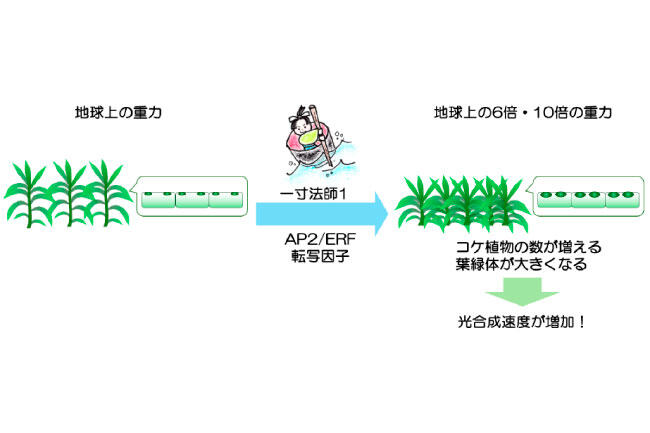Phenotypic plasticity drives the development of laterality in the scale-eating cichlid fish Perissodus microlepis

Abstract
Phenotypic plasticity, in which traits change in response to environmental conditions, is closely related to predator–prey interactions and speciation. The scale-eating cichlid fish Perissodus microlepis exhibits marked left–right differences in predatory behavior and mouth morphology. While phenotypic plasticity is hypothesized to contribute to the formation of laterality, direct evidence remains scarce. We examined how plasticity shapes laterality by analyzing the predatory behavior and mandibular changes under different foraging conditions: picking granulated feed (non-scale-eating) and tearing scales from prey fish. During the predation experiment, the number of attacks increased over time. Behavioral analysis revealed the mean inter-individual distance from scale-eater to prey gradually decreased, whereas mean swimming activity increased. Morphological analysis of the mandible showed elongation of the dentary bone along the anterior–posterior axis in the scale-eating groups compared to the non-scale-eating group. Furthermore, mandible height was significantly greater on……
Read the original article on Evolution
Article inforamation
Nanako Marubayashi, Masaki Yasugi, Yuichi Takeuchi, Phenotypic plasticity drives the development of laterality in the scale-eating cichlid fish Perissodus microlepis, Evolution, 2025;, qpaf131
DOI: 10.1093/evolut/qpaf131







